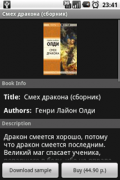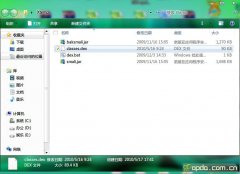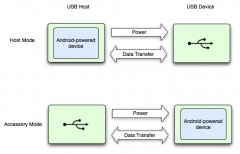Android中的横竖屏、资源、国际化的使用(2)
来源:未知 责任编辑:责任编辑 发表时间:2015-01-01 13:14 点击:次
android:orientation="vertical"
android:layout_width="fill_parent"
android:layout_height="fill_parent"
>
<TextView
android:layout_width="fill_parent"
android:layout_height="wrap_content"
android:text="@string/land"
/>
</LinearLayout>
同理layou-port目录下main.xml代码如下:
<?xml version="1.0" encoding="utf-8"?>
<LinearLayout xmlns:android="http://schemas.android.com/apk/res/android"
android:orientation="vertical"
android:layout_width="fill_parent"
android:layout_height="fill_parent"
>
<TextView
android:layout_width="fill_parent"
android:layout_height="wrap_content"
android:text="@string/port"
/>
</LinearLayout>
当然我们显示的内容是在values/string.xml文件里定义的,这里加了两个值,代码如下:
view plaincopy to clipboardprint?
<?xml version="1.0" encoding="utf-8"?>
<resources>
<string name="hello">Hello World, ResourceDemo!</string>
<string name="app_name">ResourceDemo</string>
<string name="land">This is land mode.</string>
<string name="port">This is port mode.</string>
</resources>
然后再次运行程序,效果如下:
竖屏(port)效果:

横屏(land)下效果:

通过上面例子可以得出如果我们已经定义了横屏与竖屏布局文件时,就不会在加载layout里的同名布局文件。
下面我们来讲点国际化,通常国际化我们只要在res/目录下在重新定义values-国家编号,如values-zh-rCN简体汉语,values-zh-rTW繁体,values-jp日语等。
目录结构如下图所示:

这里我只在values-zh-rCN作了改动,代码如下:
<?xml version="1.0" encoding="utf-8"?>
<resources>
<string name="hello">Hello World, ResourceDemo!</string>
相关新闻>>
最新推荐更多>>>
- 发表评论
-
- 最新评论 更多>>





